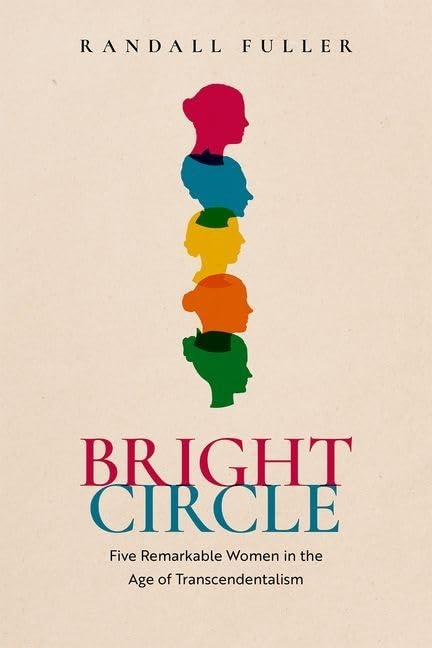In Woman in the Nineteenth Century, Fuller set out to translate her conversation into writing. The book, published in 1845, ranks as the first major work of feminism by an American author. It remains a landmark in the history of women’s studies. From start to finish, it rustles with the spoken word: with dialogues, speeches by various personae, with the associative back and forth of conversation. Woman in the Nineteenth Century is as close as we can get to hearing Margaret Fuller’s voice, her inimitable speech.
She began writing it when she was thirty-three, at a time of life when most of her friends were married and had become pillars of respectability. Margaret Fuller was none of these things. Her heart was just as ambitious as her intellect, eager for conquests and partners. But she had been supremely unfortunate in love and had come to agree with her literary idol Goethe “that women who love and marry feel no need to write. But how can a woman of genius love and marry?”
Fuller wanted to be a genius and she wanted to be loved. She wanted to write, to cultivate her intellect, to feel passion, to be a mother. “I love the stern Titanic parts, I love the crag, even the Drachenfels of life”, she wrote (she was referring to the steep mountain on which Goethe’s Faust is set), “I love the roaring sea that crashes against the crag—I love its sounding cataract”. Thomas Carlyle, who met her toward the end of her life, wrote of Fuller’s insatiable hunger for experience: “Such a predetermination to eat this big universe as her oyster or her egg, and to be absolute empress of all height and glory in it that her heart could conceive, I have not before seen in any human soul”.
That women should have the opportunity to experience as much as possible is precisely the argument she made in Woman in the Nineteenth Century. When the book appeared, Lydia Maria Child described it as “a contralto voice in literature: deep, rich, and strong”. She admired Fuller’s courage in questioning the inequity of marriage and admitted that “I should not have dared to have written some things in it, although it would have been safer for me, being married. But they need to have been said and she is brave to do it”. Child was responding to the kind of criticism levied by the one-time transcendentalist Orestes Brownson, who declared, “Miss Fuller thinks it is man who has crowded woman to one side, and refused her full scope for self-development; and although the sphere in which she moves may really be that most appropriate to her, yet man has no right to confine her to it, and forbid her to take another if she prefer it . . . All very plausible. But God, and not man, has assigned her the appropriate sphere”. As news of the book spread, it roused the curiosity of Mary Moody Emerson, who called its author “The Fuller”. From Maine, she wrote her nephew Waldo, asking, “Have you Fuller’s ‘Woman.’ I am longing to see it, & Brownson’s review of it. I want something exciting”.

